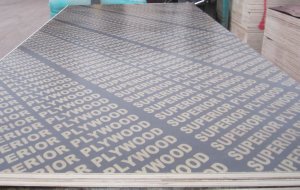
Film Faced Plywood
Film Face Plywood is manufactured with phenolic based WBP glue for a strong glue line in both wet and dry conditions. The panels are edge sealed with paint and the faces of the panel are coated with high quality film that ensures hardness and damage resistance. Film Face Plywood is suitable for a variety applications, including concrete construction applications.
Pictures below are Film Faced Plywood before lamination (1), after lamination (2), and after edge seal (3).
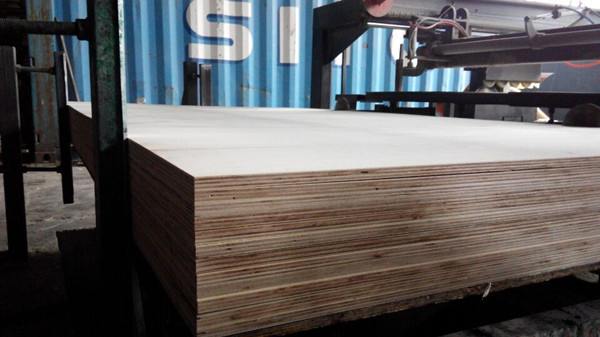
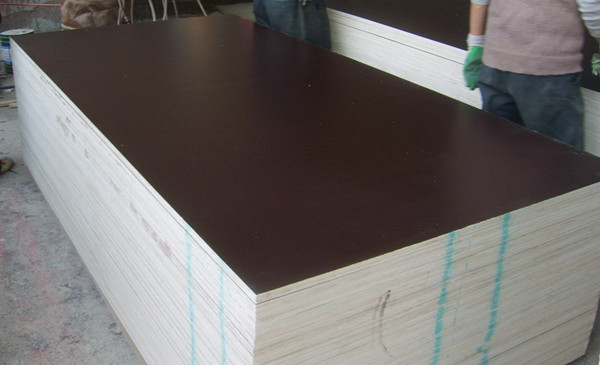
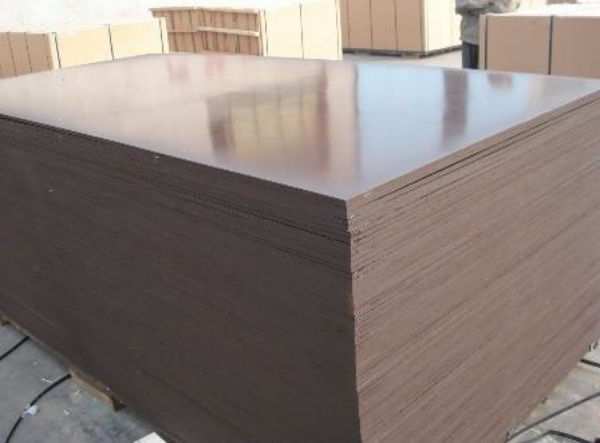
Decorative Hardwood Plywood
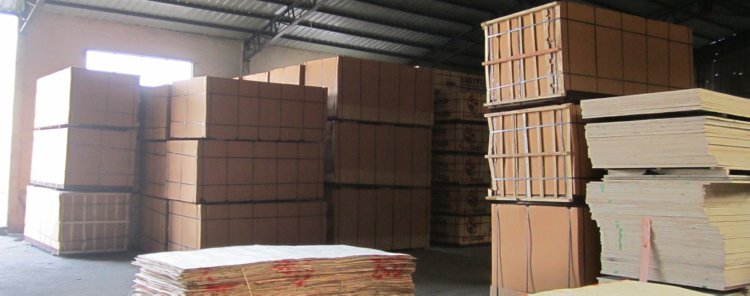 Hardwood plywood from China typically has a core composed of
hardwood veneers, predominantly poplar, with a variety of species for the veneers on the face and back of the panel. Some of the
more popular species are: Bintangor, Okoume, Pencil Cedar, Poplar, Radiata Pine, & White Birch. Hardwood Plywood is usually
manufactured with MR Interior Glue due to the cost savings, but phenolic based WBP Exterior glue can be specified as well.
Hardwood plywood from China typically has a core composed of
hardwood veneers, predominantly poplar, with a variety of species for the veneers on the face and back of the panel. Some of the
more popular species are: Bintangor, Okoume, Pencil Cedar, Poplar, Radiata Pine, & White Birch. Hardwood Plywood is usually
manufactured with MR Interior Glue due to the cost savings, but phenolic based WBP Exterior glue can be specified as well.
Pencil Cedar
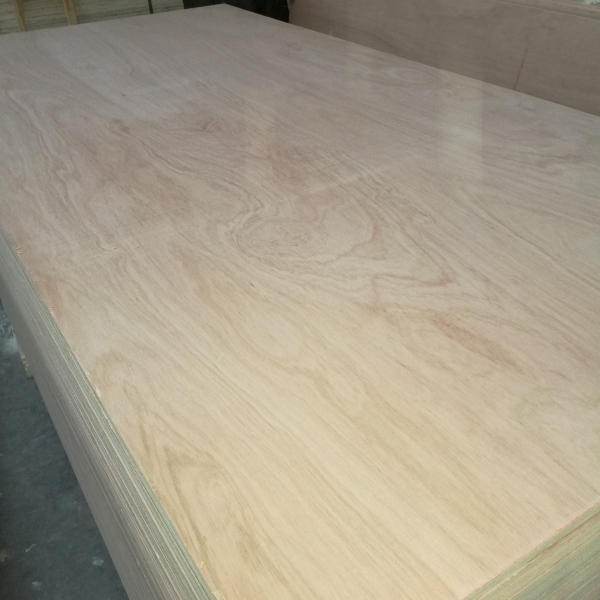
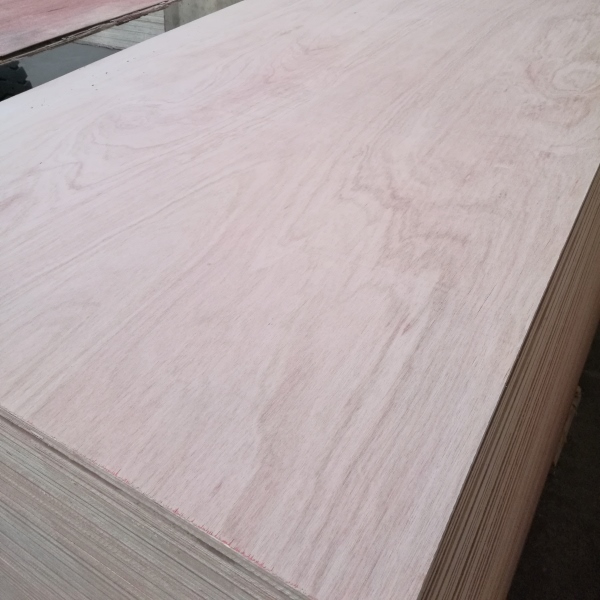
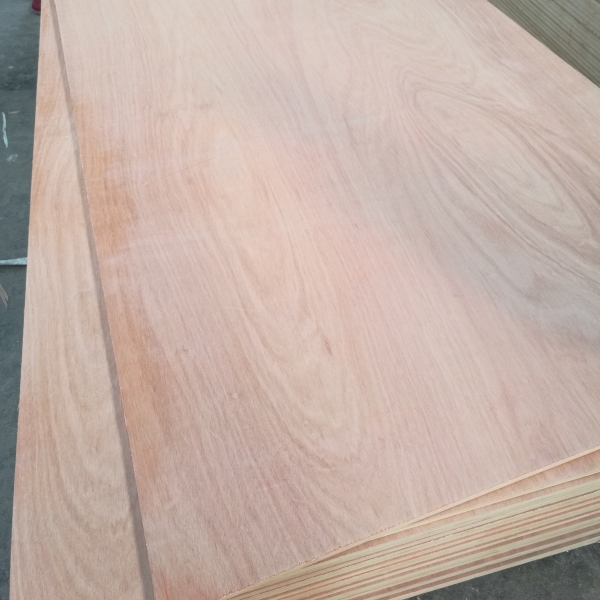
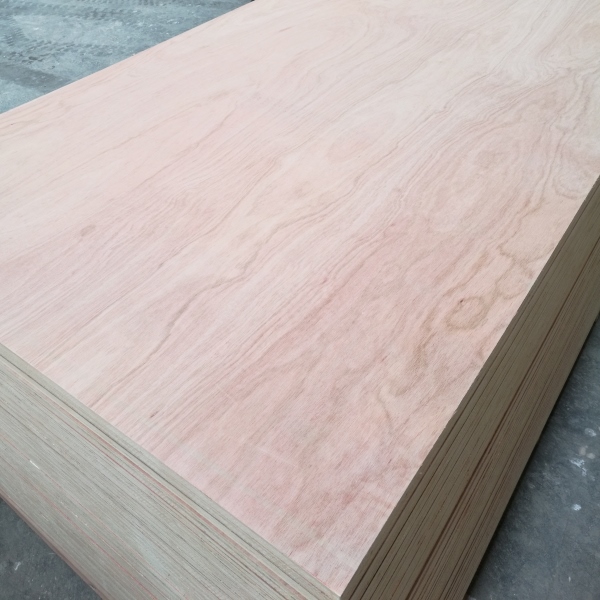
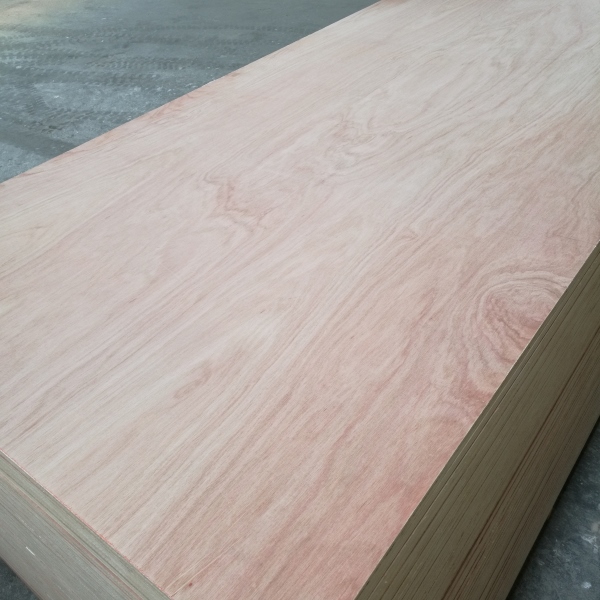
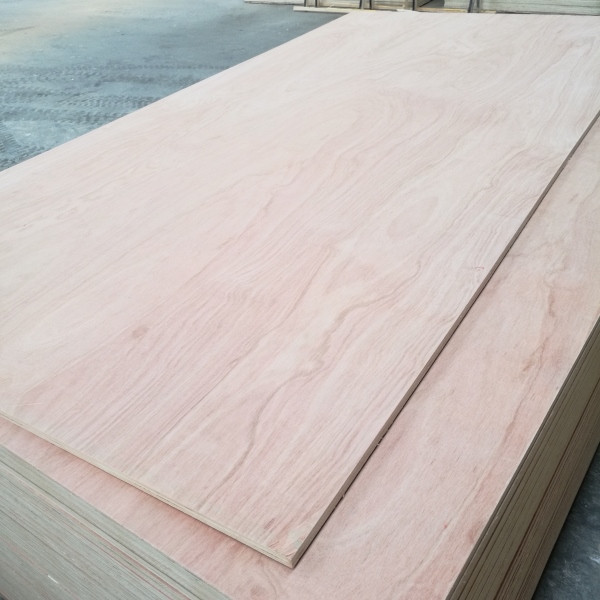
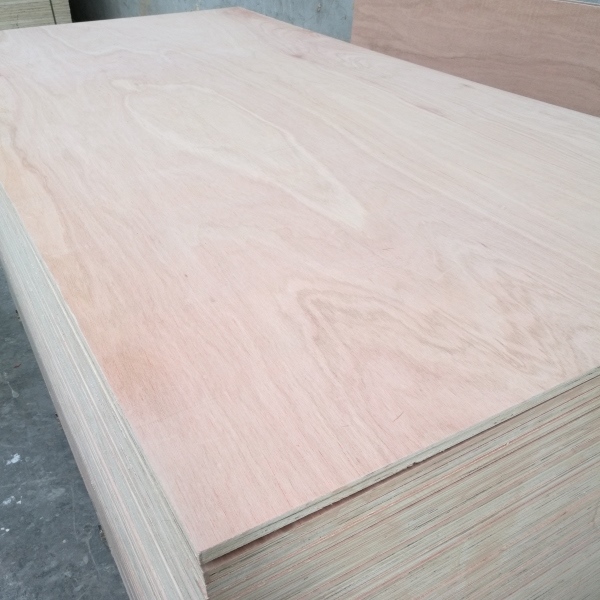
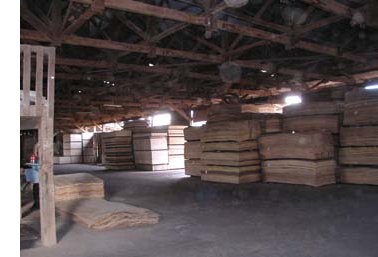
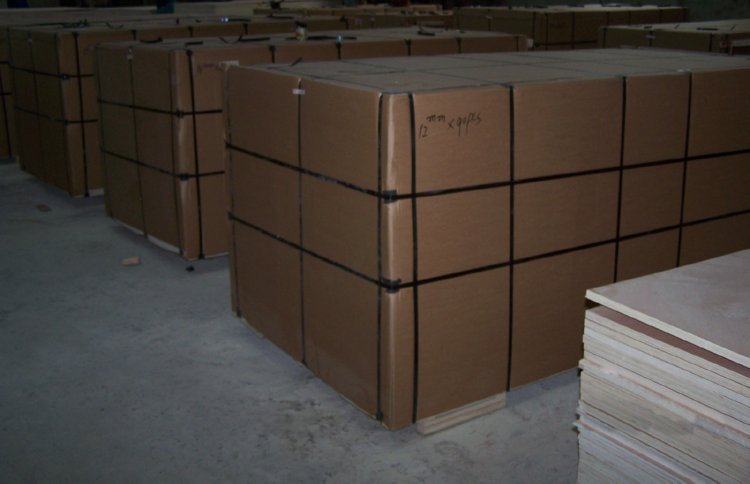
Radiata Pine
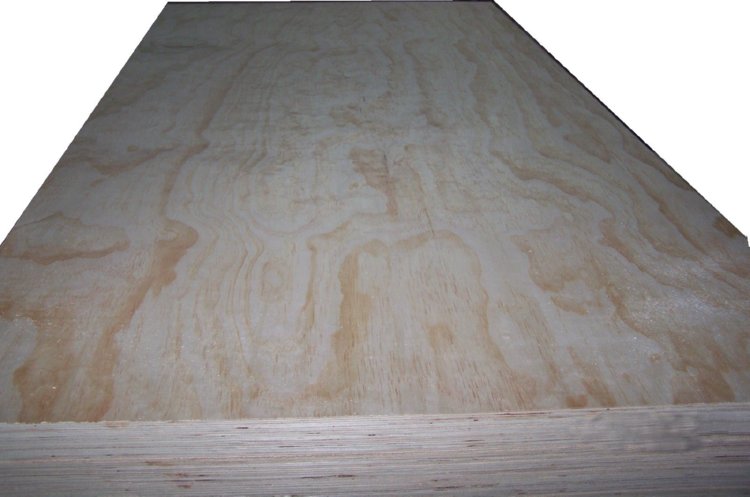
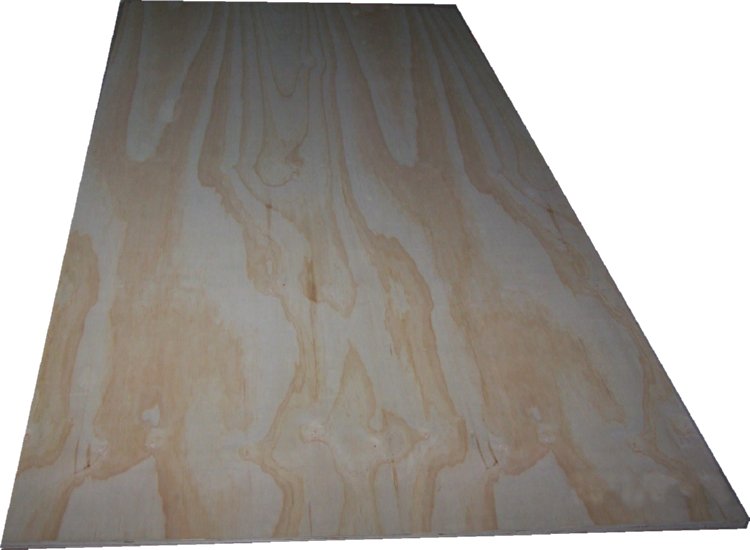
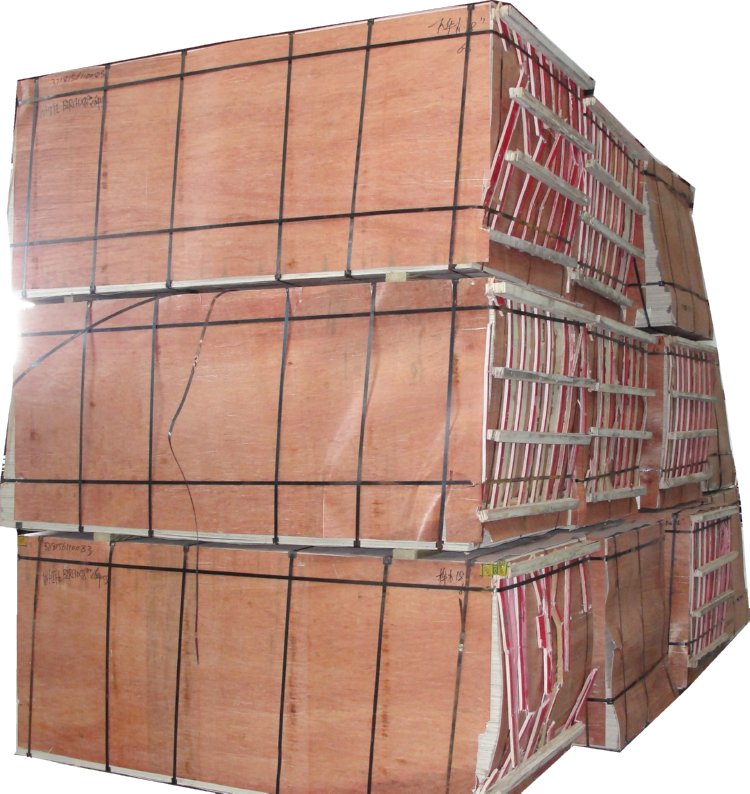
Bintangor
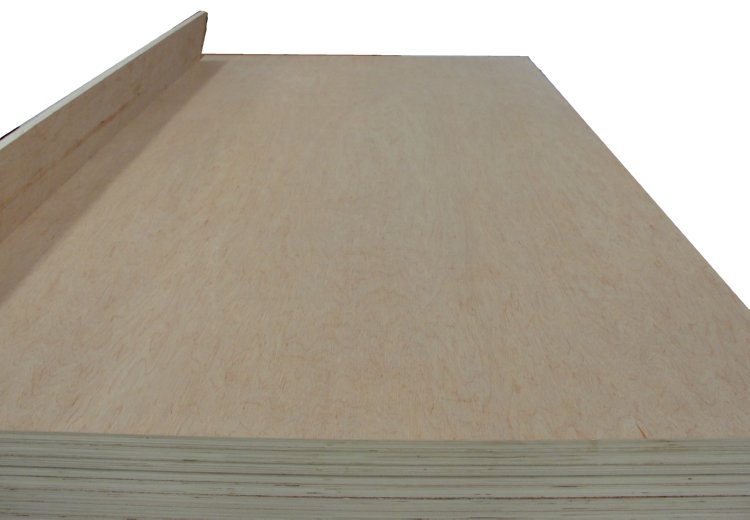
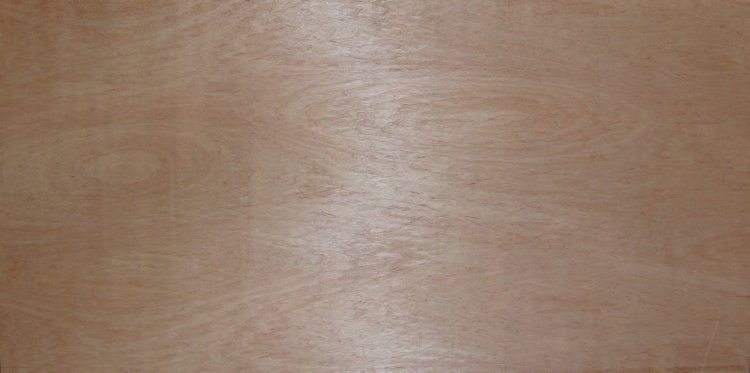
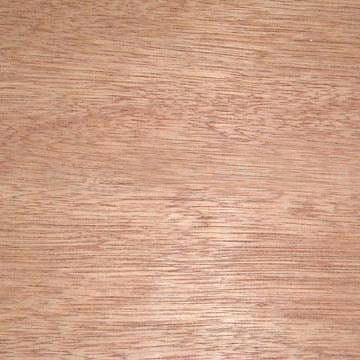
Birch
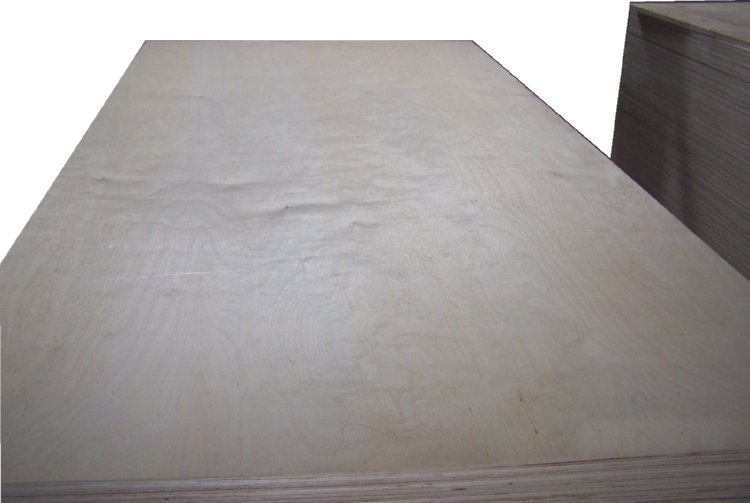
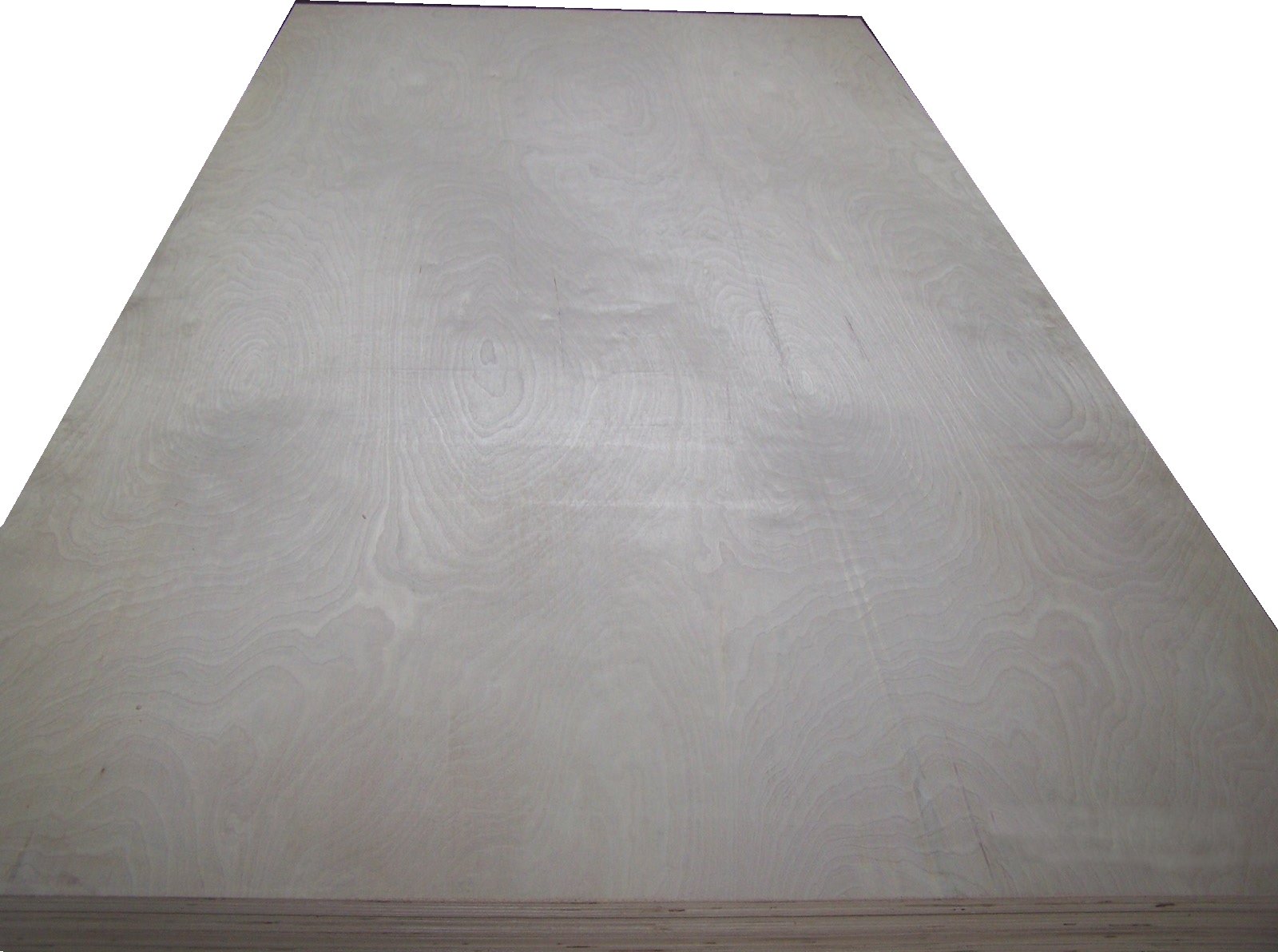
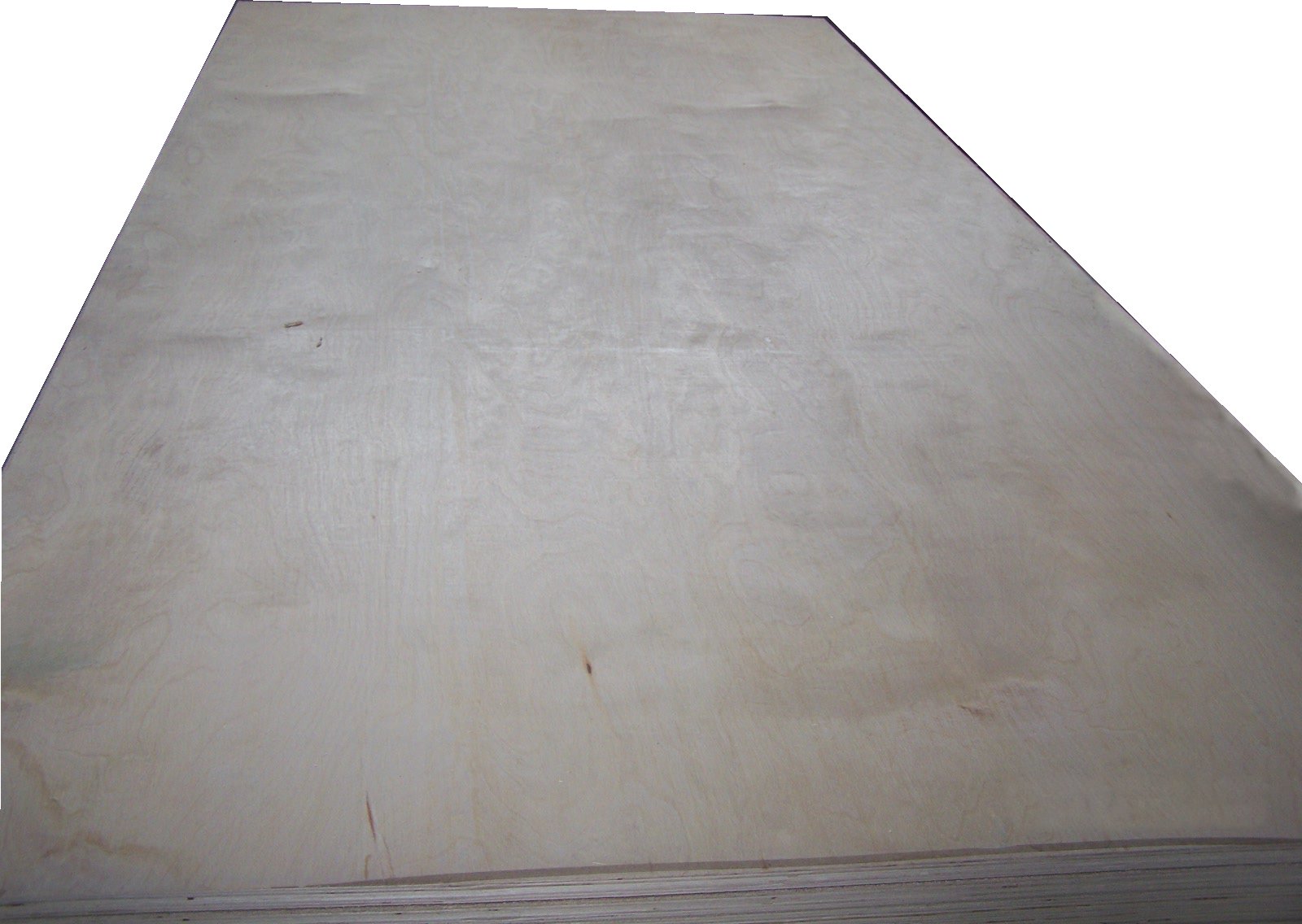
Poplar
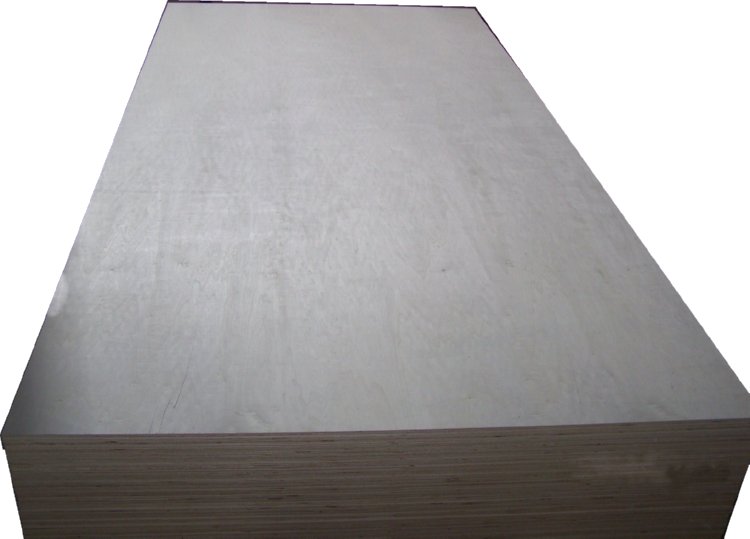
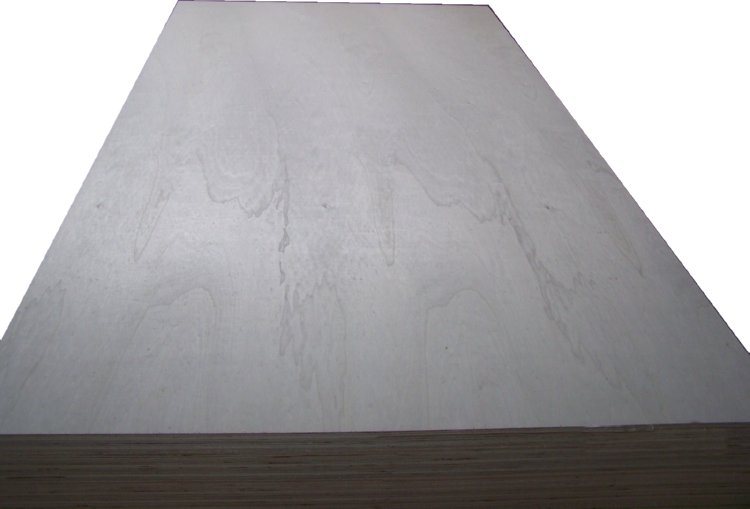
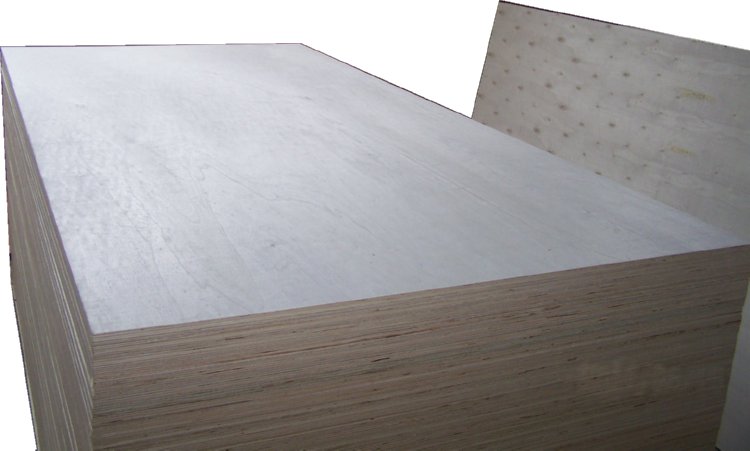
Okoume
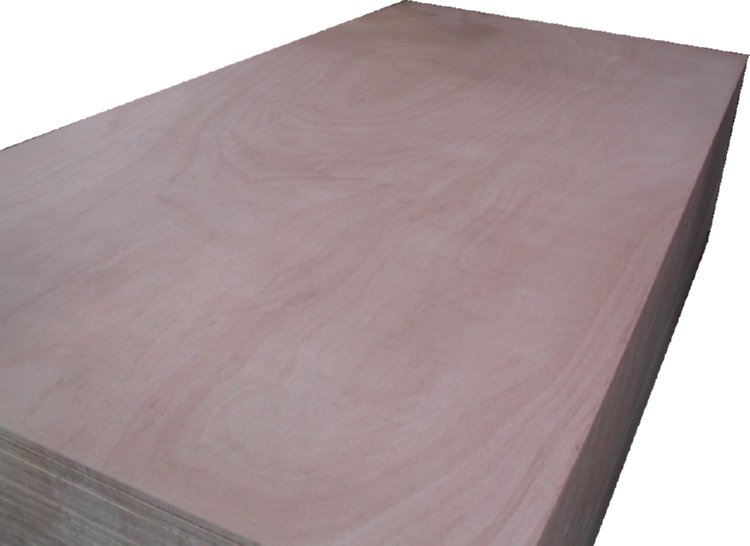
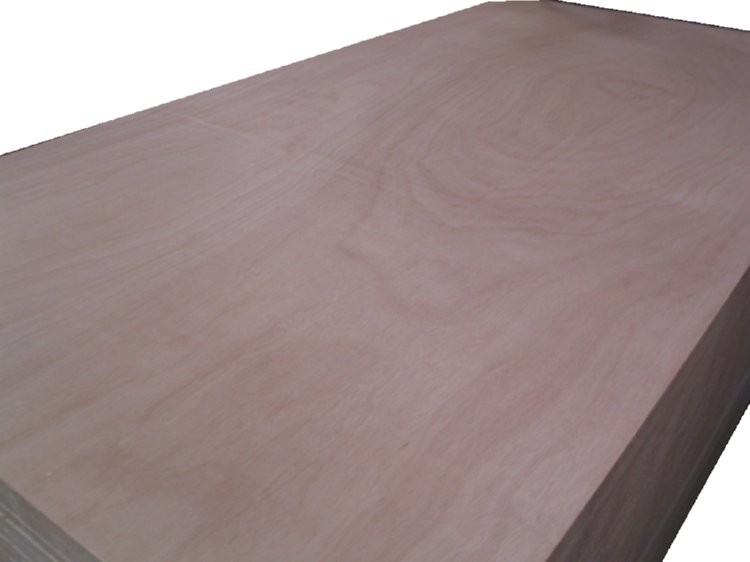
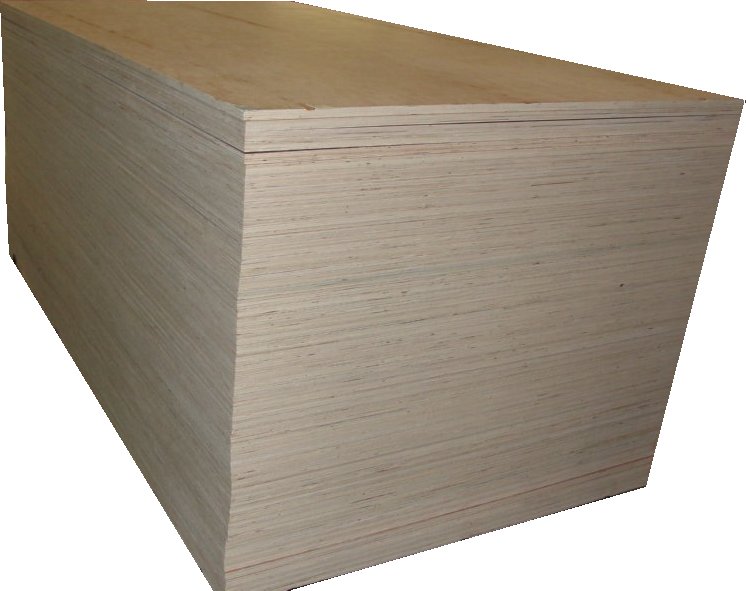
What is Decorative Plywood? Decorative plywood is made from binding together three or more thin veneers/layers of with a strong adhesive. The resulting material has uniform strength, since its comprising plies of wood are bound at right angles to each other. Decorative plywood is available in a variety of grades and species and is graded on both its face and the back. Decorative plywood is strong, durable and is resistant to cracking and splitting. Decorative plywood is typically 4' wide and 8' long and is available in a variety of thicknesses, ranging from 1/4" to 3/4".
What can you make with Decorative Plywood?
- Furniture, such as book shelves, chairs, benches, tables, chests, desks, dressers, stereo and television cabinets.
- Architecture, such as floor tiles, kitchen cabinets, custom built-in cabinets, decorative wall panels (wainscoting) or ceiling tiles for interiors, baseboards, doors, garage work benches, and fixtures.
- Packaging and Boxes, such as cases to hold tools and equipment.
- Toys, such as doll houses and play tables.
Where do you use Decorative Plywood? Decorative plywood is versatile and can be used in a variety of applications. There are two different kinds of glue that is used to bond the veneers: 1) Moisture Resistant (MR) Glue (for interior use only) and 2) Phenolic (WBP) Based Glue (highly resistant to moisture and can be used in exterior applications). It is always best to minimize the exposure of plywood to moisture, but be sure to understand the difference in the types of glue that was used in the manufacturing process as plywood made with MR glue can delaminate, or fall apart, with minimal exposure to moisture. Some areas in which decorative plywood is used are:
- Home construction and home improvement projects.
- Commercial properties such as hotels, restaurants, office buildings, retail stores, and hospitals.
- Signs for businesses, personal and government properties.
What are the different kinds of species available? There are many different species commercially available in China; some of the more popular species are listed below:
- Bintangor: Calophyllum (aka: Bintangor, Teitai, Guanandi, or Poon Tree) is a flowering plant genus of around 180-200 species of tropical evergreen trees that is native to Australasia, Madagascar, Eastern Africa, South and Southeast Asia, the Pacific Islands, the Caribbean, and Latin America. The species grow in a wide number of habitats and are large hardwoods attaining 30 m in height and 0.8 m in diameter. Aside from medicinal purposes, the lightweight hardwood is used in boat making for masts and spars, as well for luxury furniture and flooring.
- Okoume: Aucoumea klaineana (aka: Angouma, Gaboon, or Okoume) is a tree native to equatorial west Africa in Gaboon, the Republic of Congo, and Rio Muni. It is a medium sized hardwood tree growing to 30-40 m tall with a truck 1-2.5 m diameter. It is a weak wood with low decay resistance, moderate dimensional stability, and slightly carcinogenic. Okoume looks similar to Meranti, but is 8-12% lighter and not as stiff.
- Pine: Pine trees are coniferous, fast growing softwoods totaling 105 to 115 species from around the world. The life expectancy of pine trees can reach as many as 1,000 years. The longest-lived pine tree is the Great Basin Bristlecone Pine which survived around 4,800 and is one of the world's oldest living organisms. Pine trees have a wide range of heights from 3 to 80 meters. Pine trees are a renewable resource and are often grown in commercialized forests for harvesting.
- Pencil Cedar: Pencil Cedar, a species of Juniper, is also known as Red Cedar and is native to North America, ranging from southeastern Canada to southeastern and mid-west United States. The oldest known Juniper tree was reported to be 795 years old, living in Missouri. There are two varieties of Juniper and usually range from 5 to 27 meters tall. Pencil Cedar is usually aromatic and fragrant and is avoided by moths, so it is typically used as a lining for closets or where clothes are stored.
- Poplar: Poplar trees are deciduous, fast growing hardwoods totaling 25 to 35 species from around the world. In the September 2006 issue of Science, it was announced that the Western Balsam Poplar was the first tree to have its full DNA code sequenced. The species has a large genetic diversity and can grow anywhere between 15 to 50 meters tall with trunks of up to 2.5 meters in diameter. Poplar is often grown commercially by farmers and in some countries its most common use is in manufacture of plywood.
- White Birch: Birch trees are deciduous, fast growing hardwoods totaling 30 to 50 species from around the world. The life expectancy of most birch trees is 60 to 90 years and on average they attain a maximum height of less than 30 meters and a maximum diameter of 40 cm. Birch trees are a renewable resource and are often grown in commercialized forests for harvesting.